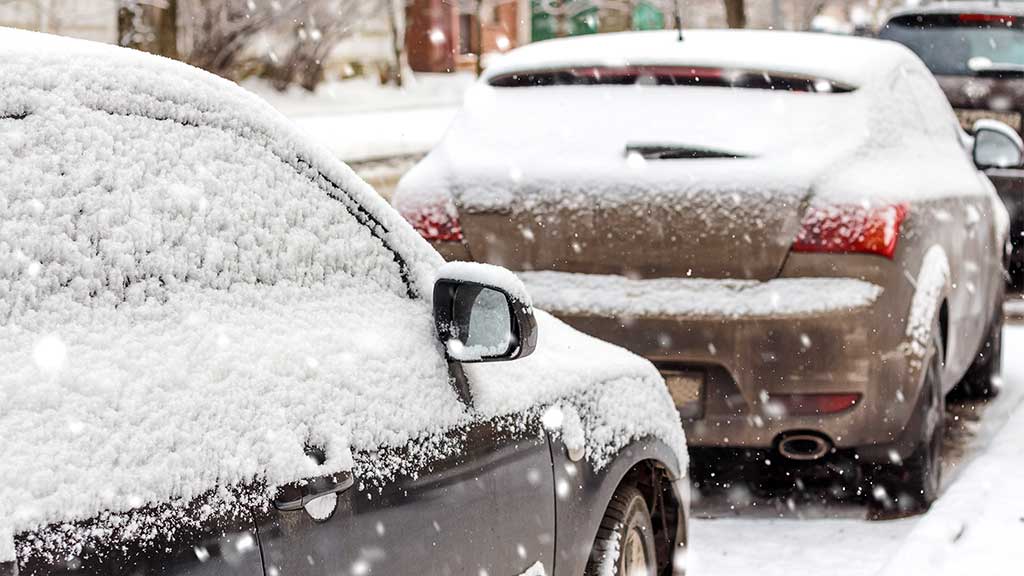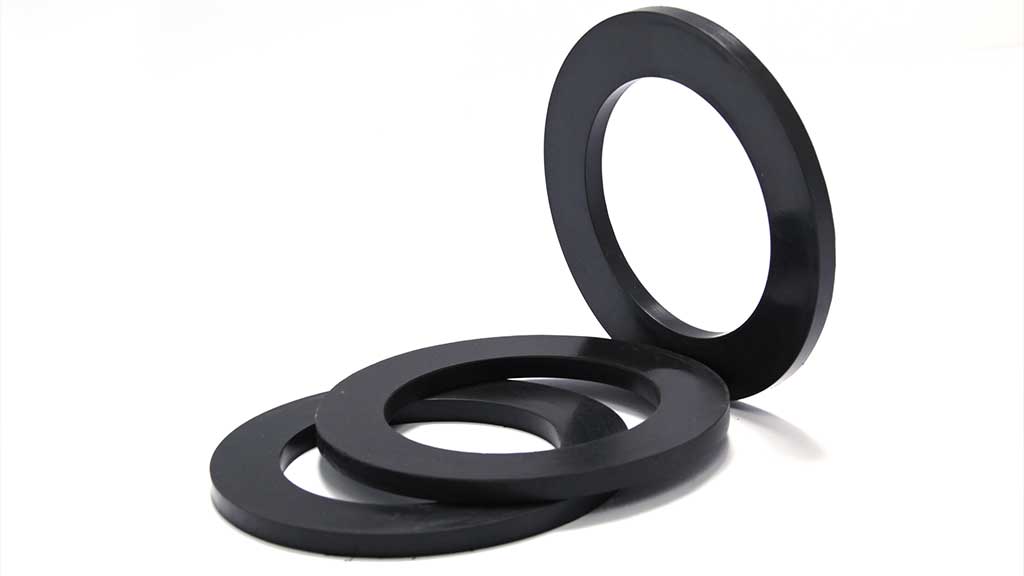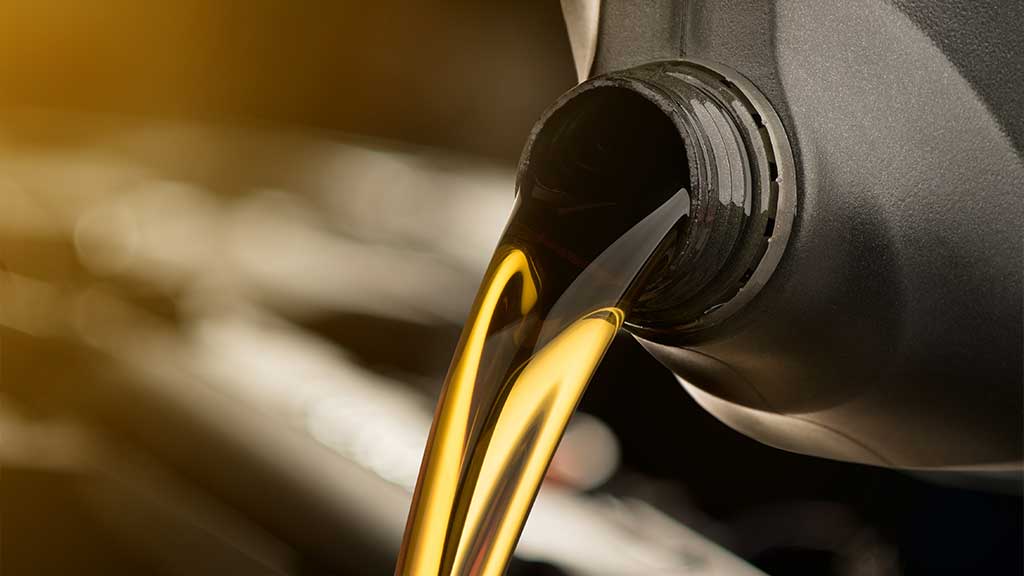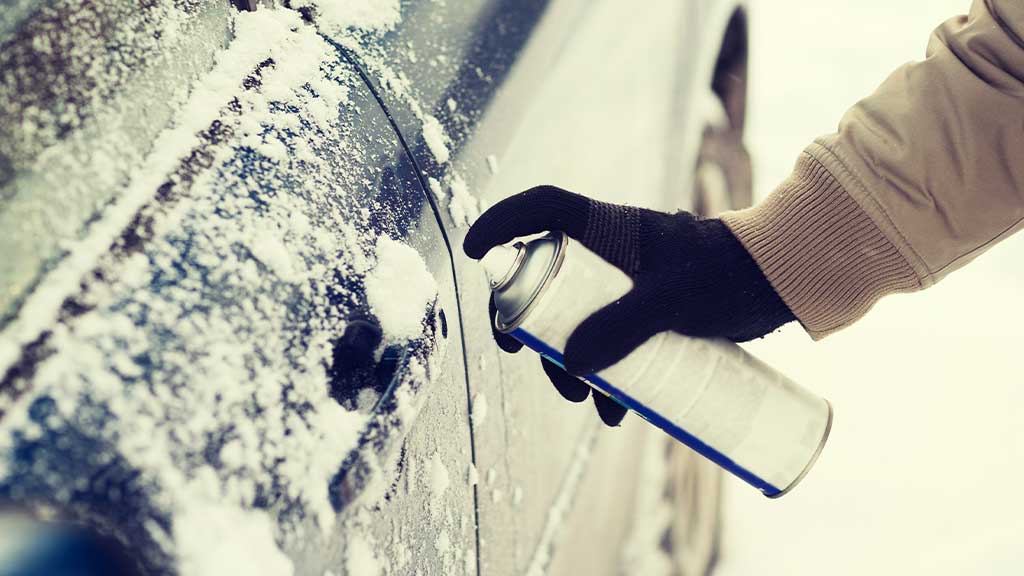Car doors that have been left open in the cold can’t be unlocked in the snow, sleet, or freezing rain, which can be a major inconvenience if you usually park your vehicle outside. This is not only a bad way to start the day because of the delay, but it also means that you will arrive at your destination late.
If your car door lock has frozen, we’ll go over some preventative measures you can take, and if it is already frozen, we’ll go over several solutions for thawing it out.
Avoiding frozen car door locks
There are many methods to keep your car’s locks from freezing in the winter. Place a magnet over the lock even before it freezes to prevent the cold from entering that way. The wetness can also be pushed out by spraying pressurized gas into the lock. You can use the same spray that you use to clean your desktop.
Thanks to their anti-freeze characteristics, glycerin and vaseline are also effective in defrosting. Put some on your key and turn it several times in the lock. This should be done frequently during the winter. If you want your car’s door locks to last as long as possible, you should apply a lubricant spray made specifically for that purpose on a regular basis.
Have some kind of liquid lubrication on hand at all times. Keep it somewhere other than inside the car, though.
Thawing a frozen vehicle keyhole
Use whichever technique works for you to defrost the lock. A metal key can be used to open the lock by heating it with a flame or a match. Next, insert the key into the lock, and turn it several times to conduct the heat within the lock. De-icers with built-in lubricants can be sprayed directly onto the keys or through the lock for a similar effect. Try using lip balm and/or hand sanitizer in place of de-icer if you don’t have any. Using a product like this one can make it less of a chore to get the key in the lock and break the ice.
Ways of avoiding frozen door locks
Keep your car from getting wet and cold
The most obvious causes of the door freezing are weather-related. If frost, freezing rain, or wintery mix are expected, take every precaution to keep your car safe.
The most effective way of avoiding it is to park your automobile in a spot that is sheltered from the elements. Put your automobile inside the garage as quickly as possible if the forecast calls for bad weather. Don’t leave your car unattended in the driveway. Nighttime winter temperatures can plunge significantly below daytime highs.
We do realize, however, that not everybody has access to a sheltered parking area or a heated garage. A car cover or tarp could come in handy there. When you cover your automobile, the quantity of water and precipitation that can get in through the windows is greatly reduced. For this reason, it’s a lifesaver in the event of such a winter storm or other similarly dire circumstances. Regardless of whether the weather is nice, you should still cover your car at night throughout the winter.
However, there is another way to prevent your lock from freezing: a simple hack. A piece of duct tape over the door lock will protect your door lock from freezing.
Frame Door Cleaning
This is a crucial measure and it’s important if you want to know how to keep car door locks from freezing. The door frame has a minor gap because dirt and debris have been repeatedly deposited there. The outcome is the deposition of fluids and dust along the perimeter of the hole in the ground. This means that as the temperature drops, the window will freeze shut.
Put the Rubber Seals to the Test
Frozen doors are caused by water seeping into your car through cracks in the door frame, as explained above. Nowadays, the rubber seal on the door, and not the window, is usually to blame. Check to see whether the gasket is damaged in any way (scratches, rips, or even just dust). Moisture can readily seep into the door’s frost seal if the gasket is twisted, cracked, or dirty.
You should get rid of the gasket if you find it to be broken or cracked. It could not be discolored or torn, yet it could be too old for the purpose at hand. The earlier you get that aging device fixed, the better off you’ll be.
Even though the gasket is constructed correctly, however, the result may be frozen glass. If you have a dirty rubber seal on the metal door, which is the obvious and stated explanation, Washing it off is the solution. Using a fresh cloth and some warm water, you can easily remove the grime. After that, wipe it down with a clean cloth to make sure there is no trace of moisture.
The gasket between the window and the frame should be cleaned regularly. To avoid the water from freezing as you clean the gasket, you may want to perform this procedure in a shed or other warm location.
Protect the car with a defensive fluid.
This is, without a doubt, a top-tier solution to how to keep car door locks from freezing. Putting a little layer of lubricant on the door’s rubber gasket should do the trick. Although a rubber conditioner is the most straightforward option, this fluid might be anything along those lines. The rubber conditioner is long-lasting because it was developed specifically for rubber goods.
However, it’s important to remember that there are other options available. Applying silicone lubricant is the next best option. It’s readily available at auto parts stores, has a low price tag, and has a short shelf life. However, it should be handled with caution because it can ruin the paint.
Instead of the things we’ve already mentioned, you can also use cooking spray, WD-40, or any other mild lubricating oil if you don’t have any of the others.
The above-mentioned material is used to act as a protective solution, taking away water and lowering the amount of water that penetrates the door seal.
A microfiber cloth works wonderfully when applying any of the aforementioned lubricants. You can also try using a paper towel. Use a spray lubricant and a microfibre towel or paper napkin to lightly coat the rubber gasket, which will stop your car door from freezing.
Wet-Rubbing the Lock with Alcohol
To prevent the lock from freezing, apply some alcohol straight to it. If you want to avoid a frozen door in winter, try and apply alcohol to the lock at least once a week. However, check the percentage of alcohol in the rubbing-alcohol you use and go for a product that has at least 60%. Spread a thin layer of the alcohol on the lock using a soft cloth or several paper towels. It can also be used to de-ice a frozen bolt, but the process is typically more time-consuming.
In extreme cases, lubricate the lock.
Using a lock lubricant is an alternative to alcohol if that fails to open the lock. Specialists frequently advocate spraying lubricant to clean a lock. However, there are numerous lock lubricants to choose from, and the opinions of professionals remain divided on the topic. The most popular lubricants are made of graphite and come in a compressed air bottle, which may be inserted directly into the key opening. However, many people have observed that, with time, it attracts moisture and creates muck on the ring.
In addition to keeping locks from sticking, WD-40 can be used as a lubricant if the odor is bearable. You should saturate the lock and the door mechanisms with WD-40 before the temperature drops below freezing. The WD-40 nozzle can also used effectively fothe product into the keyholes. It’s possible that you’ll need to renew the lubricant application on the lock as well as door after a particularly lengthy winter.
Conclusion
And there you have it, everything on how to keep your car door locks from freezing and extra tips on how to keep your car doors and locks functioning when the temperature freezes the water in the air. The thawing process is fairly short and all you need is a few household items. If you follow these tips, you will be driving off like nothing even happened in the first place.
FAQ
1. How do I stop my car door latch from freezing?
You can prevent the cold from permeating the lock by placing a magnet over it, or you can spray the lock with compressed air to drive out any moisture. Both of these methods are viable options.
2. Is it ok to put WD40 in a car door lock?
Coating the metal components of the lock mechanism with a little amount of WD-40 spray before an anticipated freeze will prevent moisture from accumulating or pooling and allow the mechanism to function normally.
3. What to spray on locks to keep from freezing?
WD-40 is an excellent product for preventing frost buildup and keeping your automobile door lock oiled. This should prevent ice as well as frost buildup over many days if you simply spray a bit into the lock. While you’re doing it, you might also want to spray some of the solution into the lock on the trunk of your car.
4. Will rubbing alcohol unfreeze car doors?
When it comes to defrosting frozen car doors, rubbing alcohol is one of the most effective solvents you can use. Isopropyl alcohol with a concentration of at least 90 percent is sufficient to accomplish the task in most cases. If you want the best results, fill a spray bottle with a mixture of water and rubbing alcohol that is 50/50, and then spray it along the edges of your car doors.
5. Will WD40 Prevent Locks from Freezing?
Coating the metal components of the lock mechanism with a little amount of WD-40 spray before an anticipated freeze will prevent moisture from accumulating or pooling and allow the mechanism to function normally.





